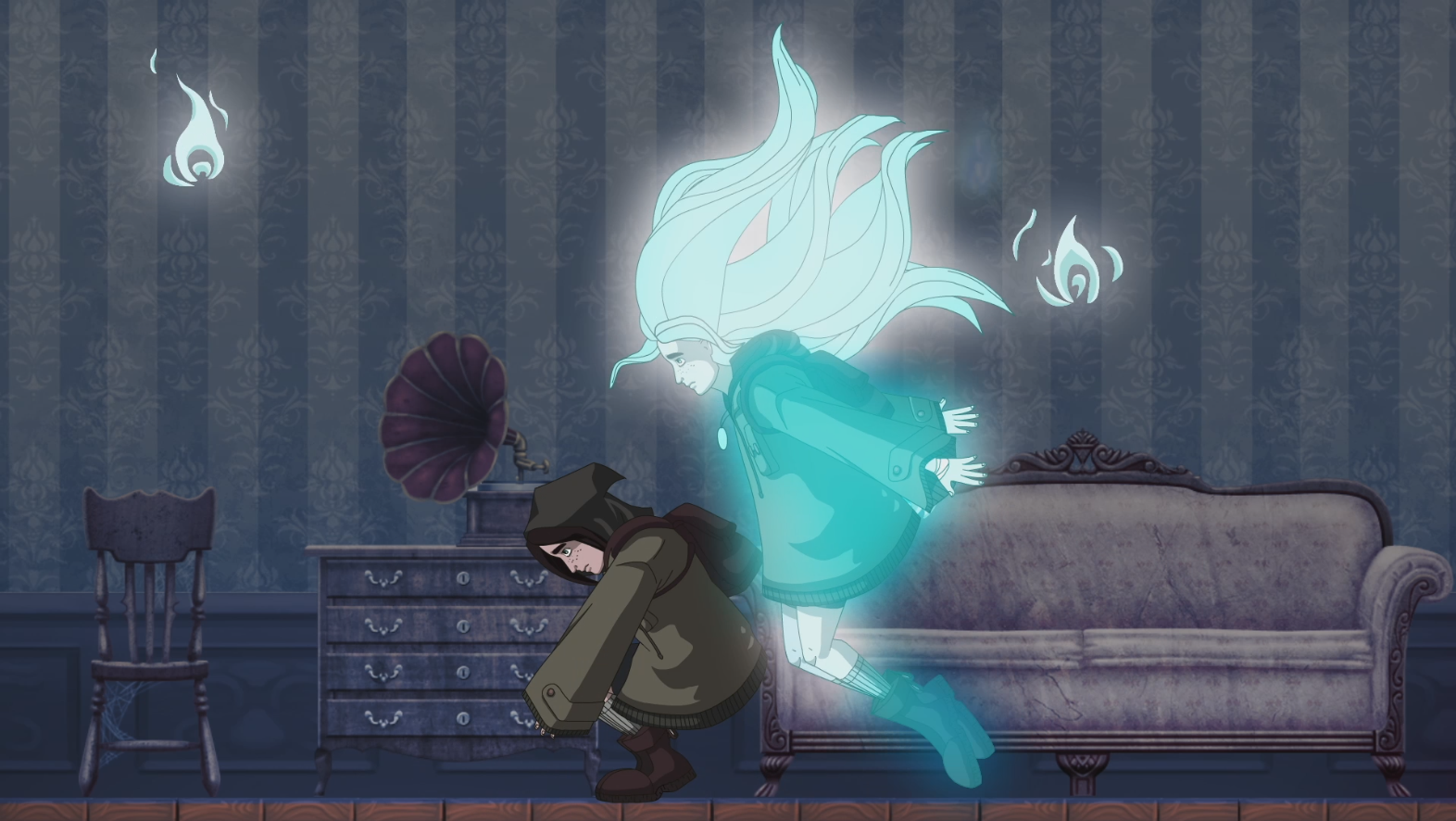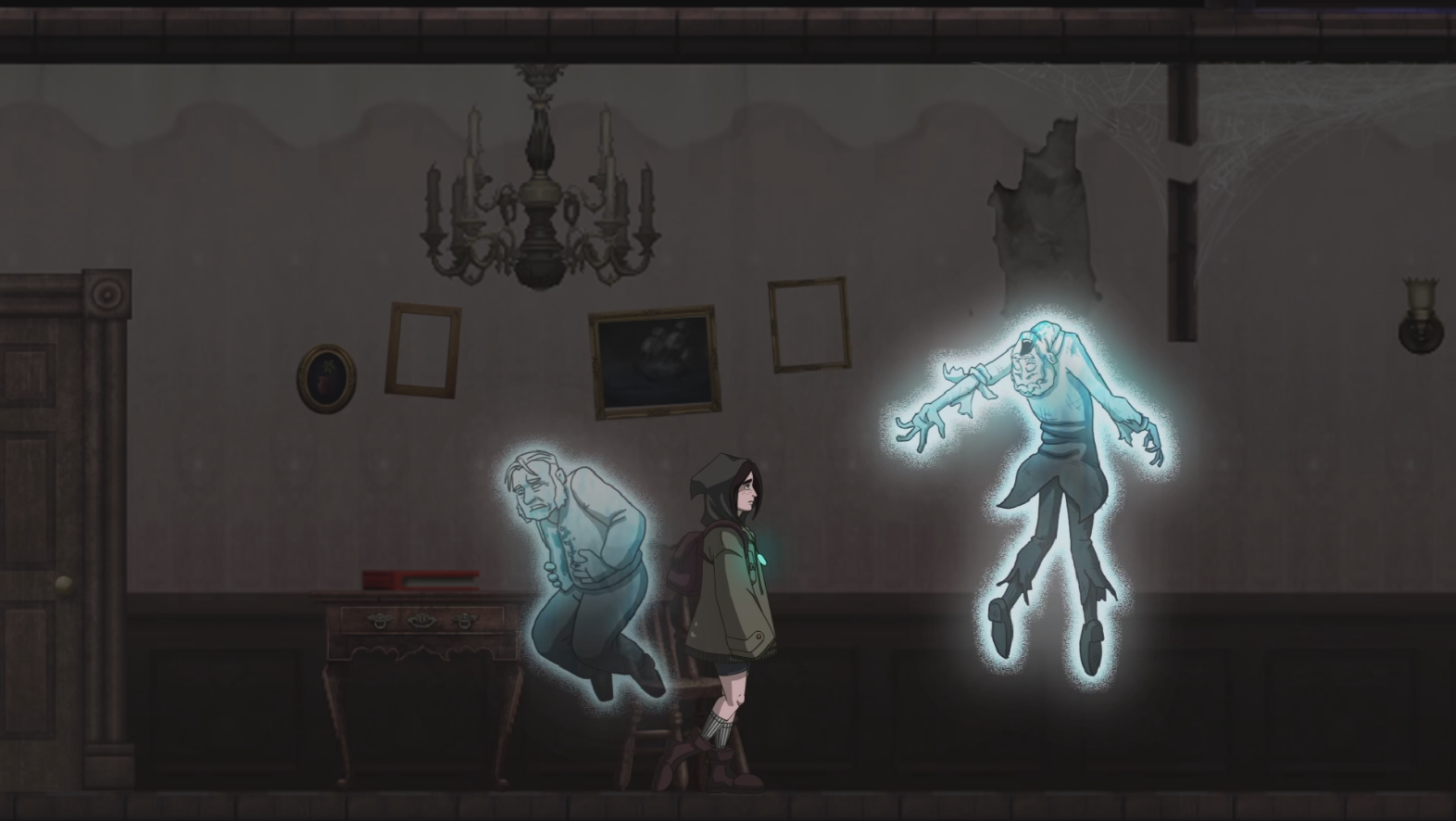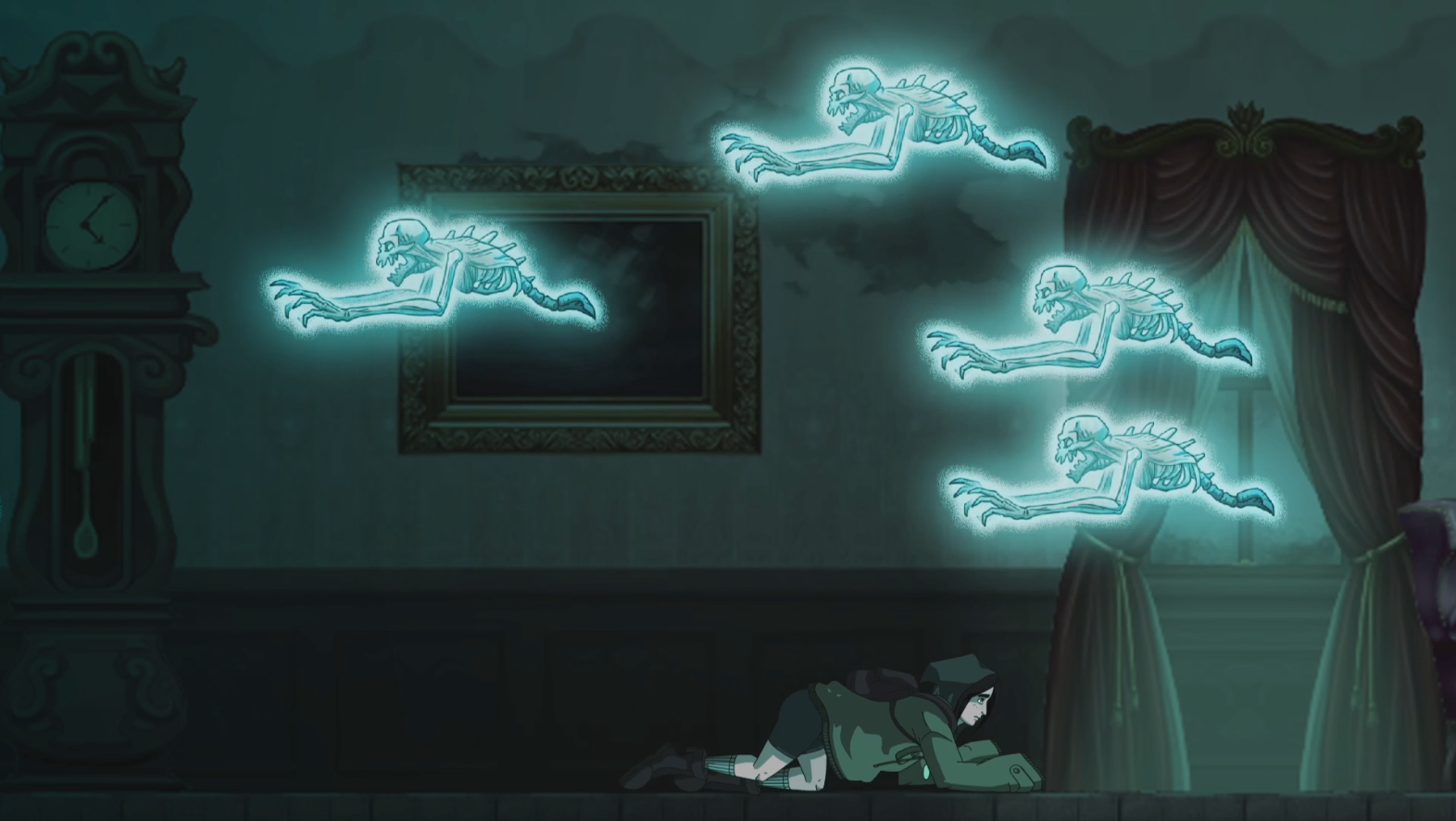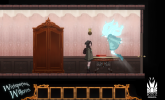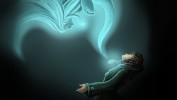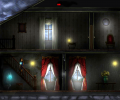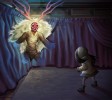Despite the OUYA starting to ship its console at the end of this month, games built for the system continue to either remain aloof in the shadows, or confirmed as remakes of twenty year old JRPGs. But Whispering Willows (which currently occupies real estate on both Kickstarter and Steam Greenlight) has emerged as one of the system’s launch window titles with the most potential. Boasting inspiration from Metroid to Silent Hill, this spectral horror-puzzler casts players as Elena, a girl gifted with an arsenal of ethereal abilities beginning with astral projection. Hunting for her father’s whereabouts in the haunted Willows mansion, Elena is beset by ghosts and puzzles, the solutions to which may provide answers to her vanished father’s predicament.
Elder Geek recently had the privilege to sit down with David Logan, Founder of Night Light Interactive and Producer on Whispering Willows, to further explore the possibilities of this spectral genre-hopper.
1. Elder Geek (EG): Introduce us to Whispering Willows, what can players expect from the final game?
David Logan (DL): In Whispering Willows, you play as a girl named Elena who goes searching for her father who has mysteriously disappeared. Her father leaves behind a pendant with unusual powers, which Elena quickly discovers allows her to not only astral project her spirit, but speak with other spirits while in this form. Elena travels to where [her father] worked as a groundskeeper, the Willows Mansion. The game is very story driven, and as Elena searches for her father she discovers trapped spirits inside the mansion. By helping these spirits, they in turn will help Elena not only solve puzzles but uncover things about herself. The game is also very puzzle driven and you have to use both the strengths of Elena’s human and spirit form to progress.
EG: Has Willows evolved at all from its initial concept stage? And if so, how?
DL: The initial concept was conceived because I thought it would be interesting to play as a ghost. I felt there were lots of games that featured ghosts as enemies, but not many successful games where the player was one. I started researching ghosts and pulled out the mechanics I thought would be most interesting. I originally wanted the player to play as a ghost that discovered his/her body. The player would have to figure out how they died. I kept running into problems with only playing as a ghost, because being a ghost seemed so empowering and I needed ways to restrict the player. I changed the plot so that you could play as both a human and her “ghost” so that I could emulate the strengths and weaknesses of both forms. It made much more exciting gameplay.
EG: How rooted in the narrative are Elena’s abilities, and will our arsenal of talents increase gradually through the story, or will the player have more control over their progression?
DL: The main ability to astral project in order to speak and interact with spirits is tied very closely with the narrative. Other abilities you will discover later as Elena finds her full potential as both a human and a spirit. Elena starts off as a runaway brat. In the pursuit of her father, she has to be self-less in helping the spirits of the mansion. The player will see this transformation and hopefully bond with her as she progresses through the story. We want her to become the story’s hero by the end of it.
EG: What attracted you to the use of malevolent spirits and astral projection, tropes more common to straight horror games, in a puzzle adventure? Does the game’s tone reflect the morose expectations that come from such tropes?
DL: I’ve always been attracted to the dark and paranormal, so I wanted to incorporate those elements into WW. Ultimately I wanted to create a dark, haunting, and beautiful world that players can get immersed in. I want to try to evoke particular emotions to achieve this, such as fear and suspense. I think the horror genre does this really well, but sometimes it’s hard to truly discover these worlds because the player rushes through trying to avoid danger.
We have quite a few ways that we are going to scare the player, involving both narrative and suspense. Our goal is to create the fear and tension in the mind of the player instead of utilizing cheap scare tactics. Solving puzzles will require them to slow down and read into small details to allow them to pass through.
EG: Is Willows a purely linear experience, or will there be optional spirits to aid during the game? Is the player given control of the route when exploring the mansion?
DL: We plan on having a main storyline that the player can follow, but there will be tons of optional spirits and hidden secrets as well. The game will force you to obtain particular keys and skillsets to proceed, but the route to get there will be different for every player.
EG: One of your stated goals with this project is (to paraphrase) innovating while paying homage to design from classic adventures. How are you striking this balance with Willows’ design; is said balance categorically unique (e.g. classically inspired music with purely modern gameplay aesthetics), or a more universal aspiration throughout the entire design philosophy?
DL: WW is inspired by both classic and newer games. The game progression takes a lot from games like Resident Evil, Silent Hill, and Metroid. I love the exploration and problem solving of those old games. Although they had a few interesting puzzles, the main focus was on combat so not many puzzles really shined. The biggest difference in WW is that there is no combat. We really wanted to put a huge emphasis the problem solving and exploration.
Lone Survivor heavily influenced the game as well, including the storytelling, but one of the most interesting mechanics is how Jasper Byrne did navigation in a 2D space. Instead of just moving left and right like the usual sidescroller, you could also move forward and backwards in the space going through doors in the background and hiding behind objects as an enemy passes you. Although an interesting idea, I felt it was a bit confusing and cumbersome to navigate in, especially with the map. We have a few ideas to be revealed later on how to make this much more intuitive and user friendly.
Lastly, gameplay is influenced by games like Fractured Soul and The Cave where you can control multiple characters and Geist where you can control a ghost. We have blended a lot of various genres together and I think the end product is going to be simply spectacular.
EG: The Whispering Willows is being planned not only for PC, Mac, and Linux, but also the OUYA. Has the game been designed from the ground up with the system in mind, or are you porting over completed assets to the dev kit? What has been your overall experience, designing with and for the new system?
DL: The game is actually being designed for the OUYA first and later will be optimized for PC, Mac, Linux, and hopefully mobile. Since we are working in Unity we are able to do the bulk of the work for all versions of the game at the same time.
When I first saw the OUYA console I was greatly inspired as an indie game developer. It encouraged me to purchase the developer kit and form the team Night Light Interactive. We have been really happy with developing the console, and the support of the OUYA team. We created the original demo of WW for the OUYA Create Game Jam. We even won the award for “Most Immersive” game and were finalists for “Pop Your Eyes Out (best visuals)” and the grand prize.
EG: Whispering Willows is also on Steam’s Greenlight service, which has recently come under controversy for its perceived usefulness as an independent publishing tool. What has your experience with the service been, and do you agree with some of the reported difficulties other independent developers have been having?
DL: Our experience so far on Steam has been excellent. We have been getting a lot of cross traffic between our Steam Greenlight page and our Kickstarter. We have been getting a ton of really supportive feedback from the community and our game is over 20% Greenlight in one week with minimal promotion. It’s to be seen how much that slows down in the following weeks and if it’s hard to reach the final goal of 100%. We have about half a year though so I intend on promoting it a ton in the following months.
EG: And we end with that eternal question, when can we expect Whispering Willows, both on computer and mobile OS’?
DL: We are looking to release Whispering Willows for OUYA first, surrounding the console’s release on June 25th. We will then release on PC, Mac, and Linux about a month after that, and lastly to Android and iOS devices ideally near the end of 2013.


